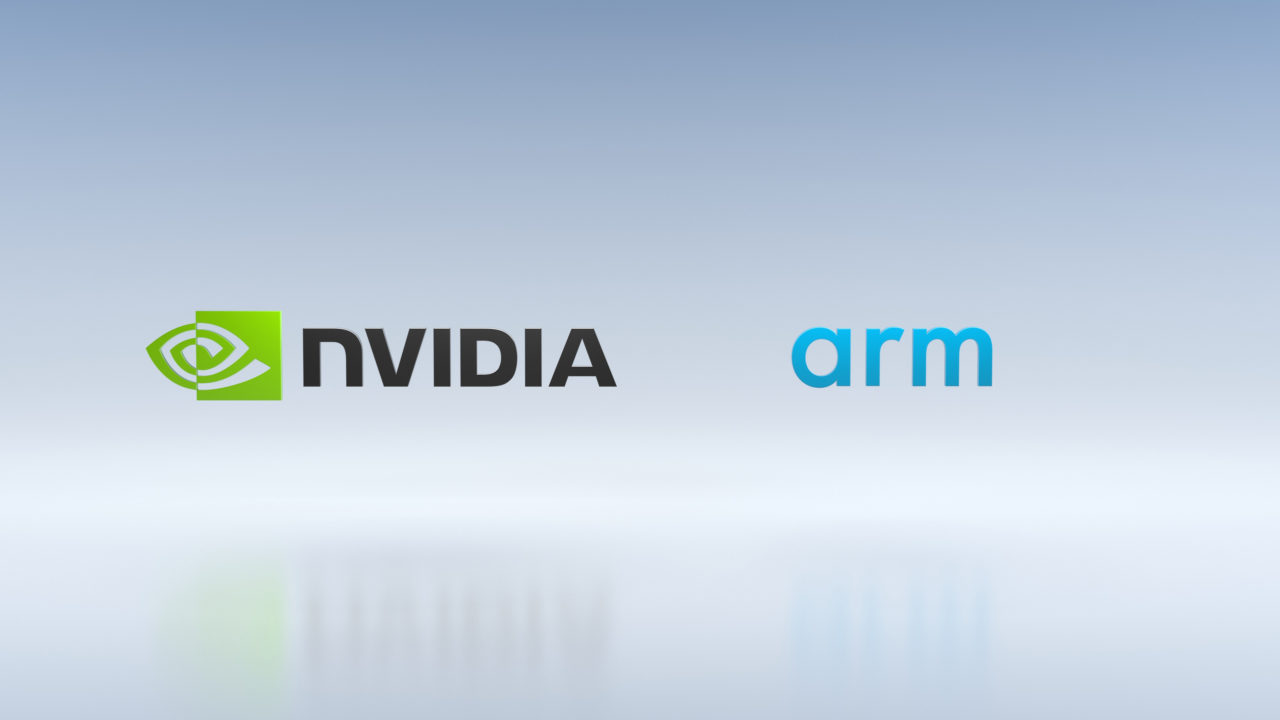The Arm ecosystem got a booster shot of advances from NVIDIA at GTC today.
NVIDIA discussed work with Arm-based silicon, software and service providers, showing the potential of energy-efficient, accelerated platforms and applications across client, cloud, HPC and edge computing.
NVIDIA also announced three new processors built around Arm IP, including “Grace,” its first data center CPU which takes AI, cloud and high performance computing to new heights.
Separately, the new BlueField-3 data processing unit (DPU) sports more Arm cores, opening doors to new more powerful applications in data center networking.
And NVIDIA DRIVE Atlan becomes the company’s first processor for autonomous vehicles packing an Arm-enabled DPU, showing the potential for high performance networks in automaker’s 2025 models.
A Vision of What’s Possible
In his GTC keynote, NVIDIA CEO Jensen Huang shared his vision for AI, HPC, data science, graphics and more. He also reaffirmed his pledge to expand the Arm ecosystem as part of the Arm acquisition deal NVIDIA announced in September 2020.
On the road to making that vision a reality, NVIDIA described a set of efforts to accelerate CPUs from four key Arm partners with NVIDIA GPUs, DPUs and software, enhancing apps from Arm developers.
GPUs Boost AWS Graviton2 Instances
In the cloud, NVIDIA announced it will provide GPU acceleration for Amazon Web Services Graviton2, the cloud-service provider’s own Arm-based processor. The accelerated Graviton2 instances will provide rich game-streaming experiences and lower the cost of powerful AI inference capabilities.
For example, game developers will use the AWS instances to stream Android games and other services that combine the efficiency of Graviton2 with NVIDIA RTX graphics technologies like ray tracing and DLSS.
In high performance computing, the new NVIDIA Arm HPC Developer Kit provides a high-performance, energy-efficient platform for supercomputers that combine Ampere Computing’s Altra — a CPU packing 80 Arm cores running up to 3.3 GHz — with the latest NVIDIA GPUs and DPUs.
The devkit runs a suite of NVIDIA compilers, libraries and tools for AI and HPC so developers can accelerate Arm-based systems for science and technical computing. Leading researchers including Oak Ridge and Los Alamos National Labs in the U.S. as well as national labs in South Korea and Taiwan will be among its first users.
Pumping Up Client, Edge Platforms
In PCs, NVIDIA is working with MediaTek, the world’s largest supplier of smartphone chips, to create a new class of notebooks powered by an Arm-based CPU alongside an NVIDIA RTX GPU.
The notebooks will use Arm cores and NVIDIA graphics to give consumers energy-efficient portables with no-compromise media capabilities based on a reference platform that supports Chromium, Linux and NVIDIA SDKs.
And in edge computing, NVIDIA is working with Marvell Semiconductor to team its OCTEON Arm-based processors with NVIDIA’s GPUs. Together they will speed up AI workloads for network optimization and security.
Top AI Systems Join Arm’s Family
Two powerful AI supercomputers will come online next year.
The Swiss National Supercomputing Centre is building a system with 20 exaflops of AI performance. And in the U.S., the Los Alamos National Laboratory will switch on a new AI supercomputer for its researchers.
Both will be powered by NVIDIA’s first data center CPU, “Grace,” an Arm-based processor that will deliver 10x the performance of today’s fastest servers on the most complex AI and HPC workloads.
Named after pioneering computer scientist Grace Hopper, this CPU has the plumbing needed for the data-driven AI era. It sports coherent connections running at 900 GB/s to NVIDIA GPUs, thanks to a fourth generation NVLink — that’s 14x the bandwidth of today’s servers.
More Arm Cores for Networking
NVIDIA Mellanox networking is more than doubling down on its investment in Arm. The BlueField-3 DPU announced today packs 400-Gbps links and 5x the Arm compute power of the current DPU, the BlueField-2 available today.
Simple math shows why bulking up on Arm makes sense: One BlueField-3 DPU delivers the equivalent data center services that could consume up to 300 x86 CPU cores.
The advance gives Arm developers an expanding set of opportunities to build fast, efficient and smart data center networks.
Today DPUs offload communications, storage, security and systems-management tasks. That’s enabling whole new classes of systems such as the cloud-native supercomputer NVIDIA announced today.
NVIDIA and Arm Behind the Wheel
Arm cores will debut in next-generation AI-enabled autonomous vehicles powered by NVIDIA DRIVE Atlan, the next leap on NVIDIA’s roadmap.
DRIVE Atlan will pack quite a punch, kicking out more than 1,000 trillion operations per second. Atlan marks the first time the DRIVE platform integrates a DPU, carrying Arm cores that will help it pack the equivalent of data center networking into autonomous vehicles.
The DPU in Atlan provides a platform for Arm developers to create innovative applications in security, storage, networking and more.
The Best Is Yet to Come
The expanding products and partnerships mark progress on our intention announced in October to bring the Arm ecosystem four acceleration suites:
- NVIDIA AI – the industry standard for accelerating AI training and inference
- RAPIDS – a suite of open-source software libraries maintained by NVIDIA to run data science and analytics on GPUs
- NVIDIA HPC SDK – compilers, libraries and software tools for high performance computing
- NVIDIA RTX – graphics drivers that deliver ray tracing and AI capabilities
And we’re just getting started. There’s much more to come and much more to say.
Learn about new opportunities combining NVIDIA and Arm at GTC21. Registration is free.
